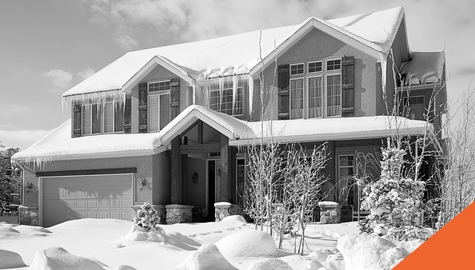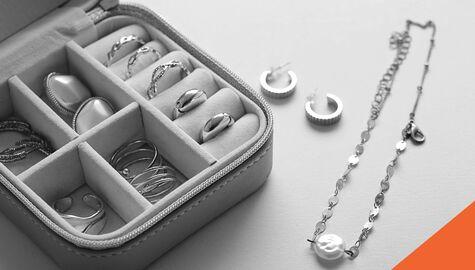FAQ: What Is Physical Damage Coverage in Auto Insurance?
Thursday, 6 May 2021
You want simple and reliable auto insurance coverage, but there are so many confusing terms that get tossed around when you shop. BIG is here to help!
Physical damage is a key part of your auto insurance and this blog will give a simple breakdown of the options available to you.
What is Collision Coverage in Auto Insurance?
Collision coverage pays for the repair or replacement of your vehicle after you’ve been in a collision. It includes collisions with other vehicles and other objects such as a hydro pole, or guard rail. Even if you are at fault, this coverage will kick in.
Example: It’s a rainy day and you are commuting to work. The rain becomes increasingly intense, causing you to hydroplane and crash into the median of the highway. You are okay, but your car is totalled. When you call to make a claim, your insurer will use your collision coverage to help pay for the replacement, minus your deductible and according to your individual policy.
You choose a deductible amount for collision coverage (typically $500, $1000, or $1500). This means that if you make a claim, you agree to pay that amount towards the repairs or vehicle replacement. For more a more detailed explanation on the deductible, see our blog: What is a Deductible?
Collision coverage is optional but may be required if you are leasing or financing your vehicle.
What is Comprehensive Coverage in Auto Insurance?
Comprehensive coverage helps pay for the cost of repairs or replacing a vehicle when it is damaged by unexpected causes such as vandalism, fire, theft, windshield falling objects, and more.
Example: You park your vehicle in an uncovered driveway. The weather takes an unexpected turn and a hail falls and causes a crack in your windshield. When you call to make a claim, your insurer will use your comprehensive coverage to help pay for the windshield repair or replacement, minus your deductible and according to your individual policy.
You will choose a deductible amount for comprehensive coverage (typically $500, $1000, or $1500). This means that if you make a claim, you agree to pay that amount towards the repairs or vehicle replacement. For more detailed explanation on the deductible, see our blog: What is a Deductible?
Comprehensive coverage is optional but may be required if you are leasing or financing your vehicle.
What is All Perils in Auto Insurance?
With all perils, all types of physical damage claims are covered unless they are expressly excluded on your policy. All perils coverage usually includes any cause of loss normally covered in collision and comprehensive coverage. In addition, if your vehicle is stolen by an employee, someone making repairs or someone living in your home, your insurer will cover the loss or damage caused.
Example: You leave your car at a dealership for a service appointment. Before you have a chance to pick it up, someone breaks the window and steals it. When you call to make a claim, your insurer will use your all perils coverage to help pay to either replace your vehicle or repair damages if it is recovered, minus your deductible and according to your individual policy.
You will choose a deductible amount for all perils coverage (typically $500, $1000, or $1500). This means that if you make a claim, you agree to pay that amount towards the repairs or vehicle replacement. For more detailed explanation on the deductible, see our blog: What is a Deductible?
All perils coverage is optional.
So there you have it. Three main types of physical damage coverage are available for your auto insurance policy. If you still have questions, we would be happy to connect with you. Our brokers are always ready and available to take your questions and help you find the best coverage for your budget. Contact us now or start an online quote!



